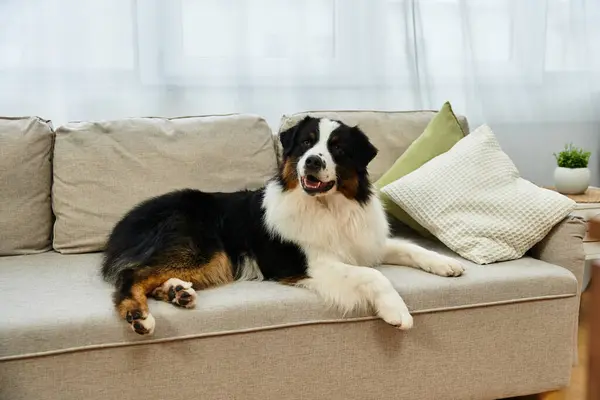
Some canines prefer to snooze in a sunbeam rather than run through a field and that is precisely why they are so endearing to some pet owners. Just as all puppies require daily exercise, there are some breeds that are simply more satisfied with shorter walks and lots of naps on the couch.
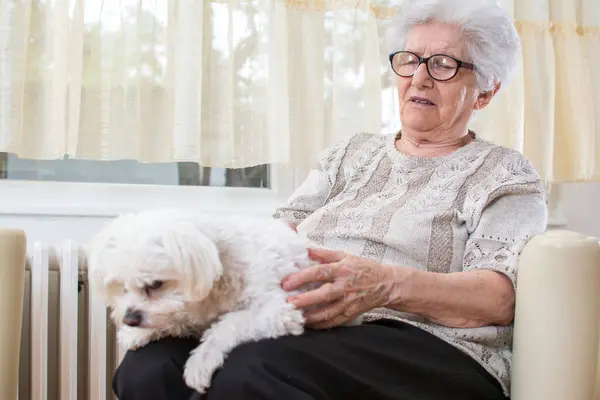
Experts such as Emma Fisher, PDSA Vet, remind us that even the most relaxed dogs require physical and mental stimulation in order to thrive. But for inexperienced owners, older owners, or smaller living situations, these low-key companions can be a match made in heaven.
From the gentle lap dog to the relaxed giant, here’s a more in-depth look at breeds and advice that make low-energy pups so delightful to live with.

1. Cavalier King Charles Spaniel: The Gentle Companion
Known for their affectionate nature and soulful eyes, Cavalier King Charles Spaniels are a dream for anyone seeking a calm, loving dog. They’re happy to curl up beside their humans for hours but still enjoy a brisk daily walk.
Rebecca Wilkinson, Operation K9 Clinical Director, comments that even lower-energy breeds need at least 30–45 minutes of exercise per day. For Cavies, this might involve a gentle walk and some light play indoors. They are so flexible in temperament that they also do well with apartment living and quieter homes.
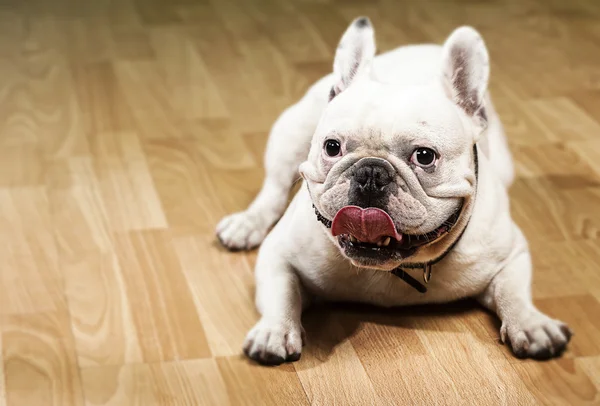
2. Bulldogs: Slow and Steady
Bulldogs are notorious for being relaxed, enjoying slow, short walks rather than high-intensity exercise. Their stocky physique and flat faces render them unfit for high-energy activity, particularly in warm temperatures.
Rebecca suggests walking them more slowly but with regularity.
Scent work or puzzle feeders indoors can provide them with stimulation without exhausting them. Their laid-back nature and minimal barking also make them ideal for tight communities or communal living situations.
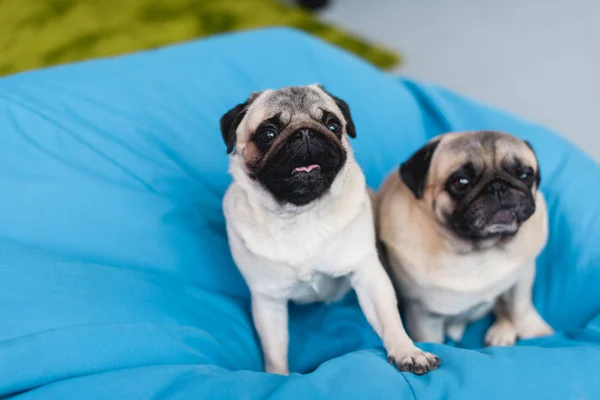
3. Pugs: Low-Key Playful
Pugs have an endearing combination of playfulness and laid-backness. They love human interaction but do not require hours of running around. Due to their brachycephalic (short-nosed) anatomy, they are best suited for moderate exercise.
Emma Fisher points out that mental games, such as a snuffle mat or play toy, can be equally exhausting for them as a lengthy walk. This breed lives for attention, so they’re in their element when they can flop beside their people after a little fun.

4. Shih Tzus: Small Dogs, Big Hearts
Although they are small, Shih Tzus are not energetic dynamos. They like short walks and indoor play and suit people with restricted mobility or space.
But Rebecca cautions that it’s not wise to think all tiny dogs are low-energy many, such as terriers, require lots more exercise. Shih Tzus, by contrast, are happy with easy routines and adore brain stimulation, such as hide-and-seek or just basic training games, to maintain the soundness of their minds.

5. Basset Hounds: The Strolls of Leisure
Their sad-eyed, drooping ears make Basset Hounds experts at the stroll. They enjoy sniffing, so extra time for them to sniff on a walk is important.
A scent walk not only fulfills their hunting nature but also decreases stress and increases dopamine levels. Indoors, scatter feeding or puzzle toys might keep them mentally stimulated without excessive physical exertion.

6. Greyhounds: Surprisingly Chill
Even though they have racing heritage, Greyhounds are notoriously low-key off the track. They’re sprinters, not distance runners, and are satisfied with a couple of short walks and lots of napping.
Their calm, peaceful demeanor also makes them a great fit for apartment dwellers. Mental stimulation, such as the “find it” activity or a change of toys every week, will keep them active without using high-energy activity.

7. Great Danes: Gentle Giants
These giant dogs might appear intimidating, but their energy level is actually quite low. Great Danes tend to be perfectly happy with a daily walk and plenty of napping.
Due to their size, they do require space to stretch, but they’re typically quiet indoors. Including low-impact brain games such as getting them to solve an easy problem or making their way through a homemade obstacle course can engage them without putting too much strain on their joints.
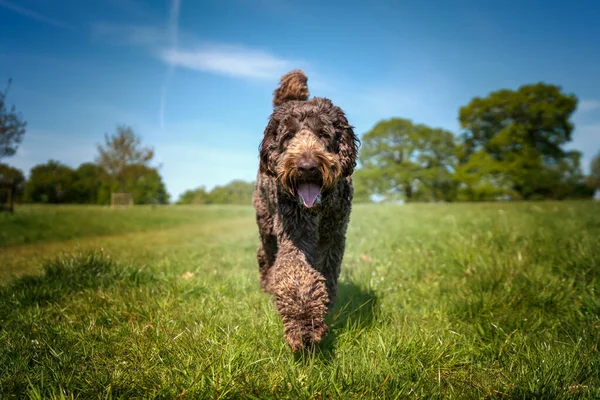
Selecting a low-energy dog is not about forgoing exercise or enrichment, but about selecting a companion whose rhythm is similar to your own. With the appropriate combination of quiet activity, mental engagement, and affection, these breeds can create a feeling of serenity and happiness in any household and show that sometimes the greatest adventures take place at a slower pace.


